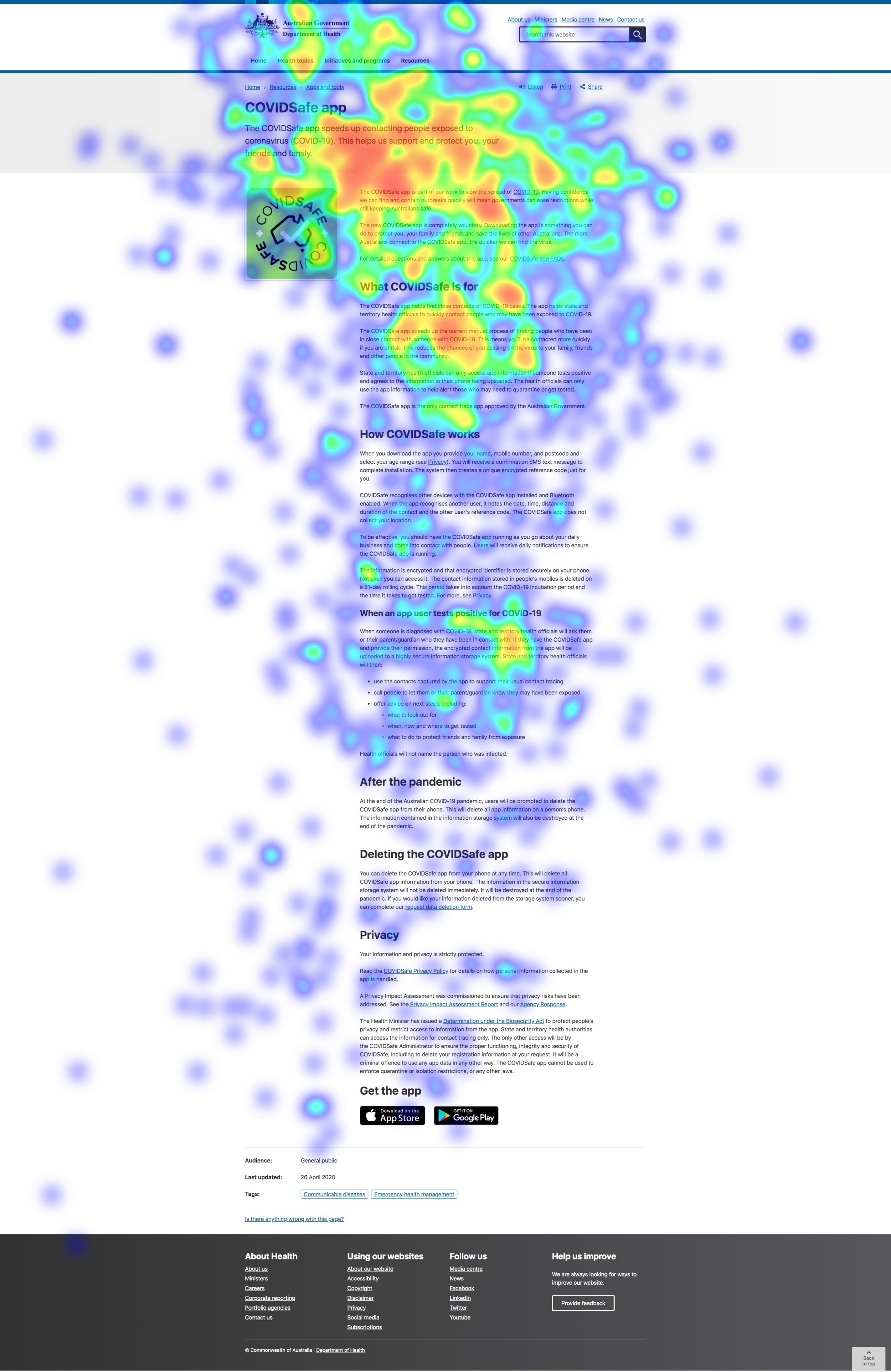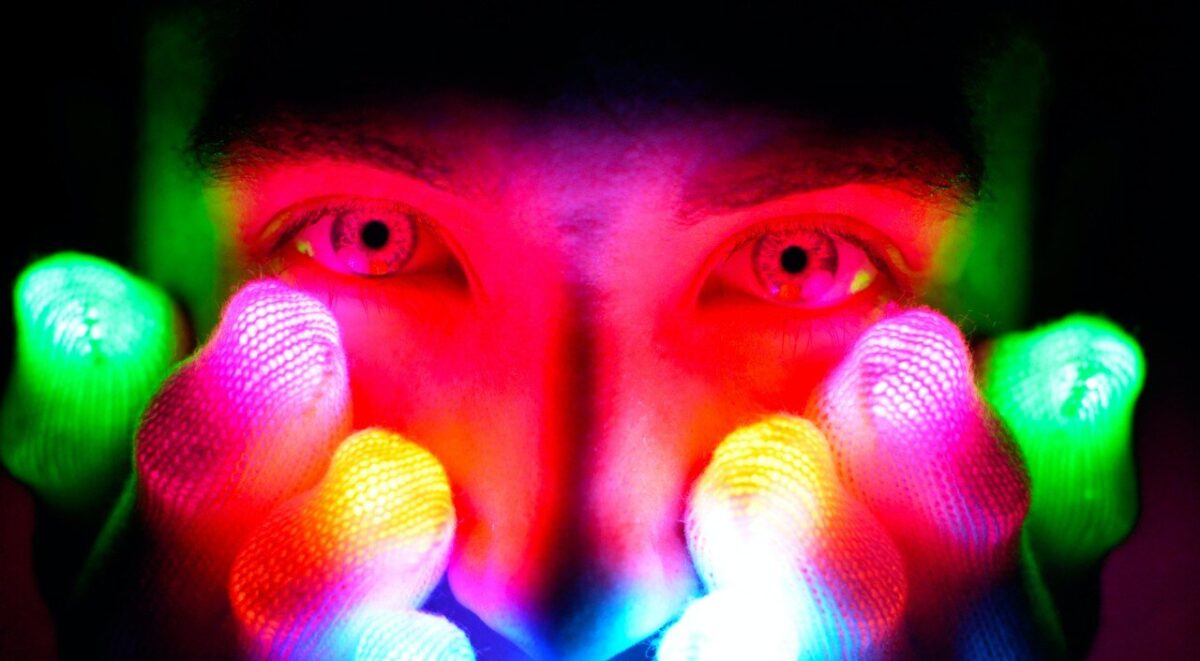In UX Research, Remote eyetracking was a buzzword during COVID.
Whilst there are multiple tools that allow us to continue our qualitative user testing from our pandemic imposed exile at home, it’s more complex for some forms of quant research. We have a substantial investment in eye tracking equipment sitting in the office being under utilised, but we still want to capture those subconscious insights from home.

Remote Eyetracking – is it really possible?
The answer is, “Yes”. It’s now possible to facilitate eye-tracking from a remote environment.
The increase in power of standard webcams, and improved algorithms means that we can take advantage of this common technology. A number of companies have sprung up that offer this service utilising the webcams that we all now possess to work from home.
There are benefits to this technology over more expensive specialised equipment; it enables us to access multiple users in a low-cost environment. No expensive equipment or travel is required.
Also, rather than research taking place in an unusual environment of the lab, it can take place in the natural environment of the user’s home. Participants can either be recruited by ourselves or selected from a panel provided by the eye tracking company.
These days it is simple to set up and more importantly simple for participants to use.
We just send a link to participants and they are ready to start. Some criteria should be adhered to to ensure better results. Good lighting from behind the screen. The head should be kept still whilst completing the test. A good webcam (60fps+) will produce better results as will a powerful computer.
The outputs of testing are similar to our lab-based results. We can filter the tests by age or gender. Alter the opacity of the heatmaps as well as the shadow and point size.
We can also draw Areas of Interest (AOIs) which give us these metrics:
-
An ordered list of fixations (and an unordered list of overlooked elements): First and foremost, eye tracking highlights both what the user sees and what they don’t see.
-
The time taken to arrive at any given fixation: This can be related to how easy or difficult an element was to find.
-
The length of any given fixation: This can be related to how engaging or comprehensible an element might have been.
-
The number of fixations per element: This can be related to how distracting, useful or contradictory an element might have been.
Unfortunately participants cannot accurately remember what they saw on the screen, so It’s fortuitous that we can continue to have an accurate measure of where they have actually looked, how many times, and for how long. Eye tracking will never be a replacement for qualitative research but it certainly gives more detail and insight to the whole research picture.

Remote Eyetracking Heat map output
Additional Reading: Interaction design foundation







